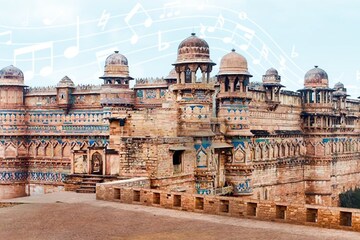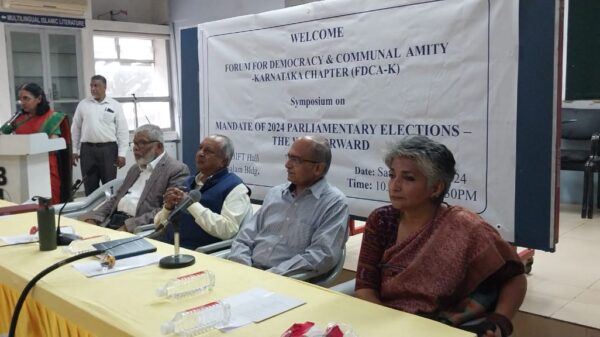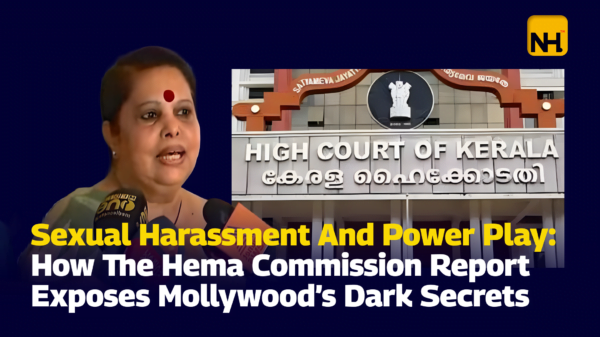Kerala’s Kozhikode and Gwalior in Madhya Pradesh have garnered global acclaim by securing a spot in the UNESCO Creative Cities Network. On the occasion of World Cities Day, UNESCO revealed a list of 55 new creative cities, recognizing these Indian cities for their dedication to culture, creativity, and innovative urban development.
.jpg?$p=f922295&f=16x10&w=852&q=0.8)
Source: Mathrubhumi English
Kozhikode’s Literary Achievement
Kozhikode, now honored as the ‘City of Literature,’ has achieved a significant milestone for India. The journey toward this recognition commenced in 2022 when the Kerala Institute of Local Administration proposed the idea. The Kozhikode Corporation partnered with the University of Prague, the first city to earn this title in 2014, to propel this initiative forward.
Ludmila Kolouchova, a research student from the University of Prague, played a crucial role in Kozhikode’s success. Her comparative study highlighted the city’s strong literary foundation, boasting over 500 libraries and more than 70 publishers. Additionally, the city’s role as the permanent venue for the annual Kerala Literature Festival and other book festivals contributed significantly to its achievement.

Source: News18
Gwalior’s Musical Heritage
Gwalior, renowned for its rich musical history that includes legends like Tansen and Baliti Bawra, has been honored with the esteemed title of the ‘City of Music.’ Union Minister Jyotiraditya Scindia was instrumental in advocating for Gwalior’s inclusion in UNESCO’s list.
“The City of Gwalior is known for legends in the sector of music like Sangeet Samarat Tansen and Baliti Bawra,” said Scindia. “It is also considered to be the birthplace of Gwalior Gharana, the eponymously named oldest Hindustani musical Gharana.”
With the addition of these two cities, the UNESCO Creative Cities Network now embraces 350 creative cities across more than 100 countries, covering seven creative fields. The newly designated creative cities will be participating in the UCCN annual conference in Braga, Portugal, from July 1 to 5, 2024, under the theme ‘Bringing Youth to the Table for the Next Decade.’



















































































